Couple Follow-up
- /
- Couple Follow-up
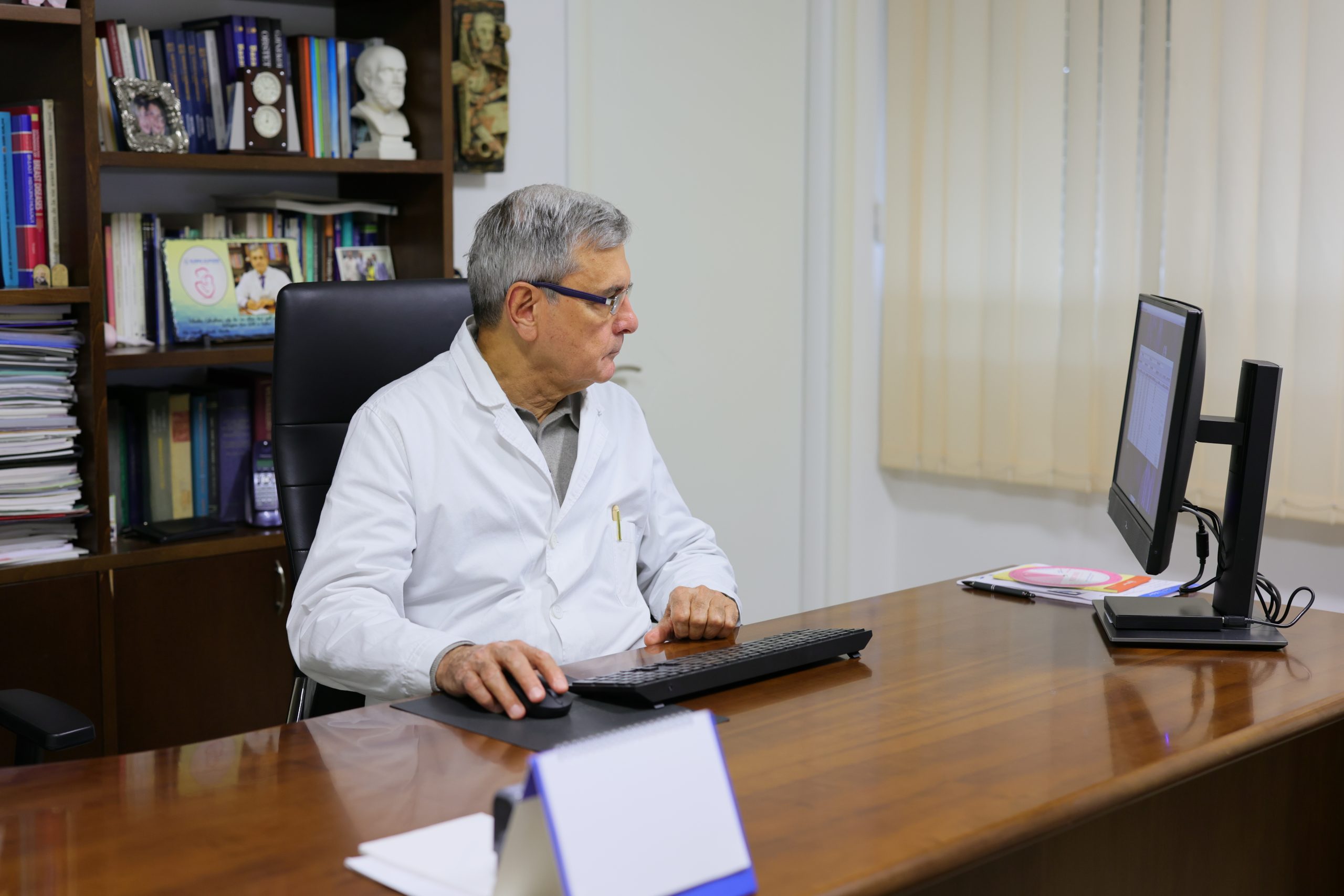
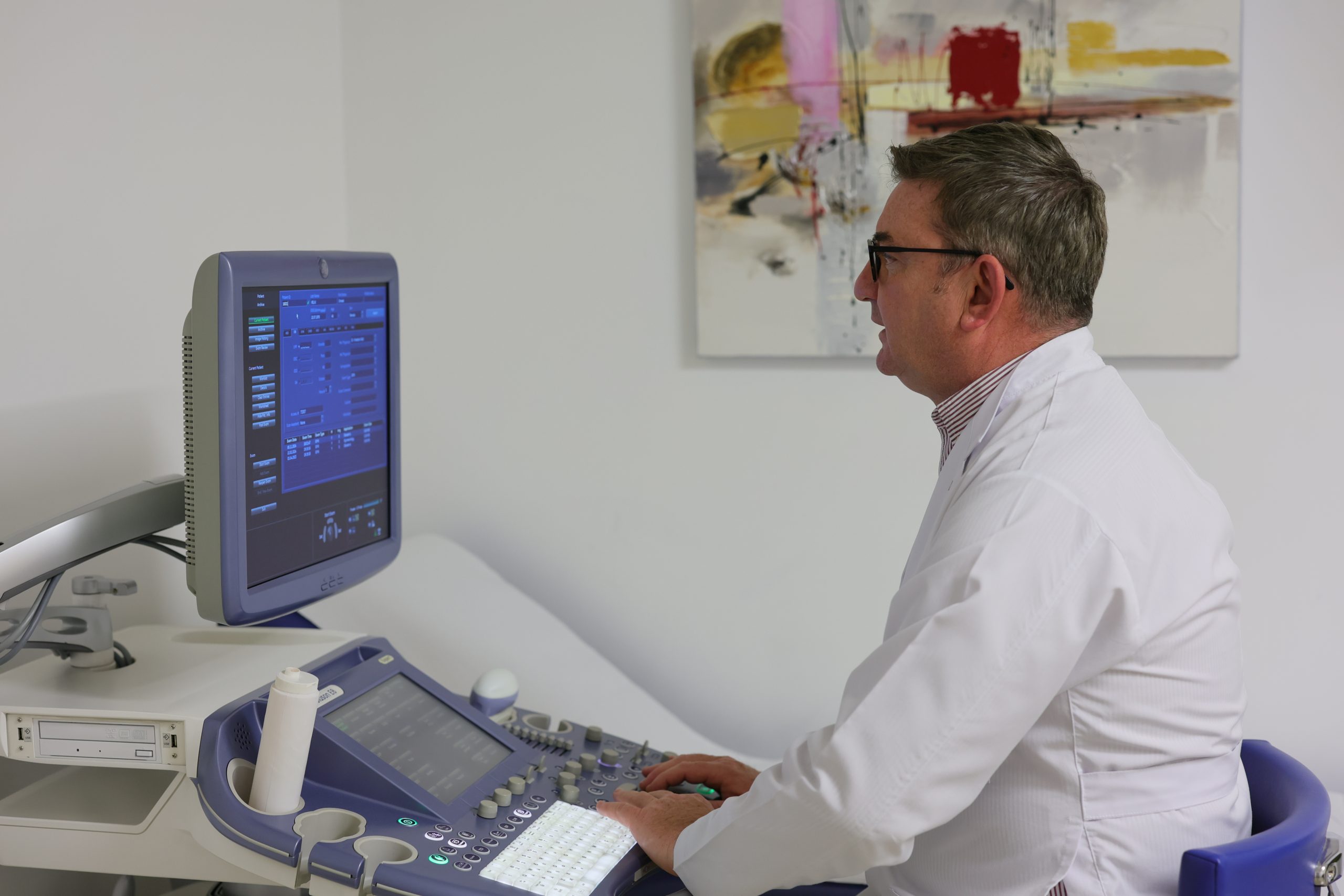

Couple Follow-up – Step by Step
By consistently following the latest techniques in the field of assisted reproductive medicine, we can suggest the most appropriate path for each couple who comes to our clinic, monitoring their progress step by step with the primary goal of making decisions together.
I. The First Meeting
Listening and support are essential; the goal is to make decisions together.
Gathering the medical history (“Couple’s history”)
Reviewing previous examinations
Requesting new tests
The first meeting is crucial for planning the entire itinerary of the program the couple will follow, understanding its stages, reviewing all documentation, scheduling, and determining possible treatments. During this initial meeting, the bond between the couple and the doctors who will monitor them is established; therefore, it is necessary and essential that both partners are present.
To proceed with second-level assisted reproduction techniques (FET and ICSI), one of the specialists on the team must certify the infertility status and acceptance into the program.
II. The couple completes the required examinations
These examinations allow determining the most suitable assisted reproduction methodology, thereby maximizing the probability of a positive outcome for the couple. For example, ICSI may be preferred over conventional IVF in cases where tests reveal a deterioration in seminal fluid quality compared to previous assessments.
Some of these examinations include:
Women:
Blood group (including Rhesus system).
Complete blood count.
Hemoglobin electrophoresis (required for at least one partner).
Cystic fibrosis screening (required for at least one partner).
Indirect Coombs test (in cases of negative Rhesus blood group).
Anti-Rubella IgG and IgM antibodies, anti-Toxoplasma IgG and IgM, anti-Cytomegalovirus IgG and IgM (if previous results were negative).
HbsAg, HbcAb, HCV, TPHA (Treponema pallidum), HIV test.
On day 2 or 3 of the menstrual cycle: measurement of levels of FSH, LH, TSH, 17β-estradiol, beta inhibin, anti-Müllerian hormone (AMH), prolactin.
Transvaginal ultrasound on day 2, or at the latest day 6 of the menstrual cycle, to assess ovarian accessibility for egg retrieval and count antral follicles.
Vaginal and cervical swabs to check for the possible presence of Chlamydia and Mycoplasma.
Pap smear test.
Mammography depending on age or risk factors.
In specific cases: karyotype analysis.
Men:
Blood group (including Rhesus system).
Hemoglobin electrophoresis (required for at least one partner).
Cystic fibrosis screening (required for at least one partner).
HbsAg, HbcAb, HCV, TPHA, HIV test.
Semen analysis (e.g., swim-up test).
Testosterone, FSH, LH, Estradiol.
Other tests depending on clinical history.
For some of these tests, it is necessary that the couple provides a copy which will be attached to the consent forms in the patient file and kept in the clinic’s archive. Additionally, some examinations are required to assess the patient’s safety at the time of anesthesia, which is planned for the egg retrieval (pick-up) procedure.
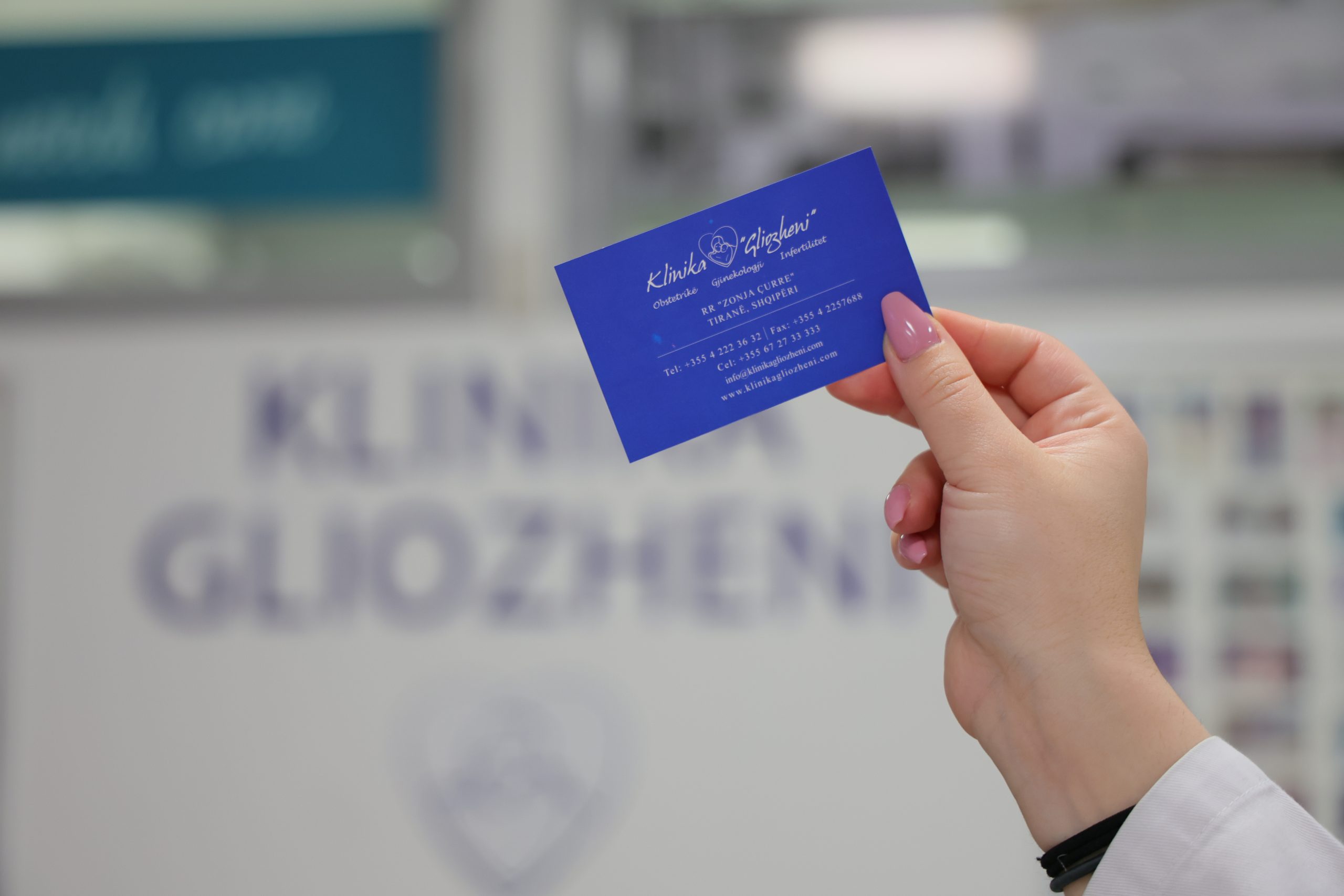
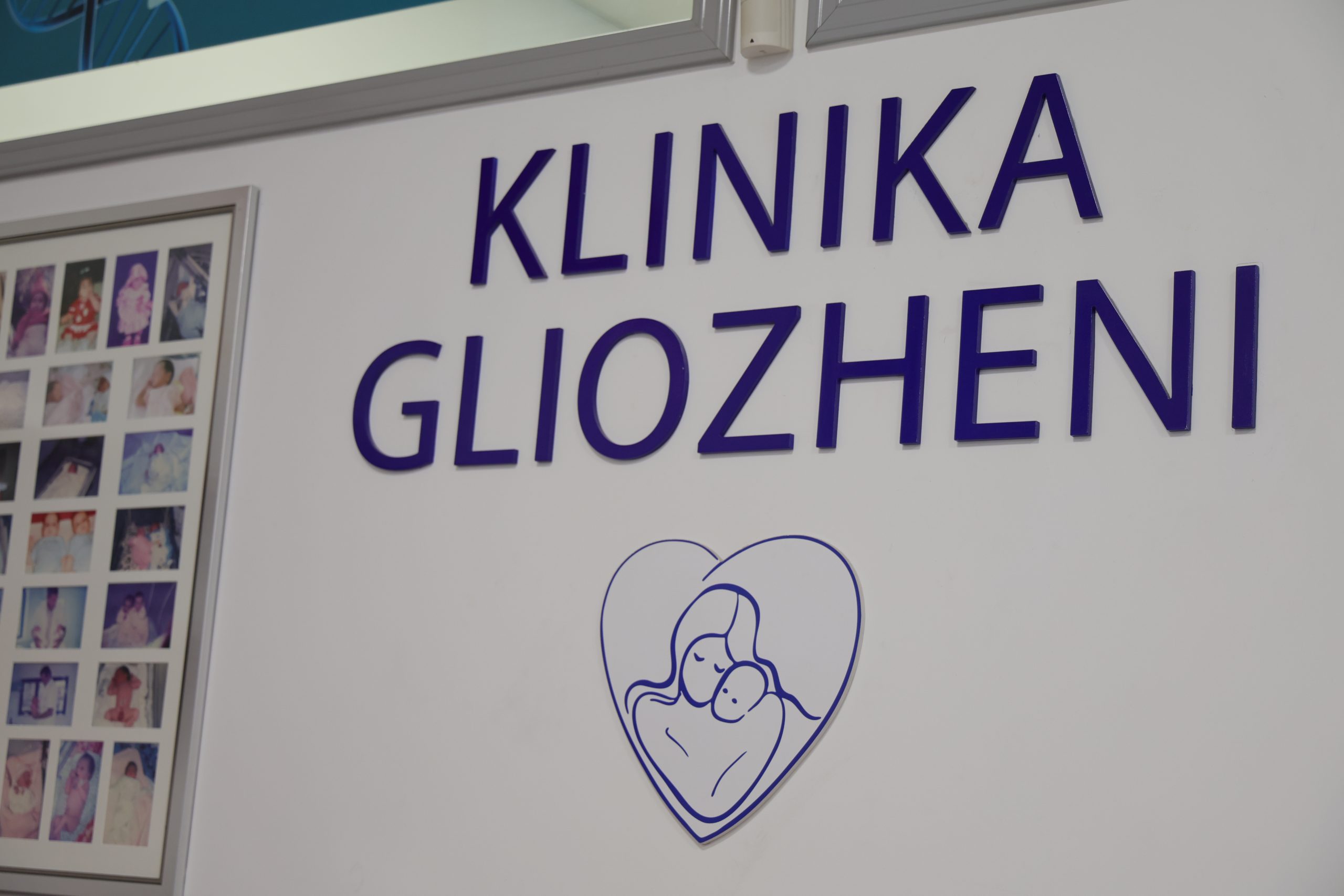

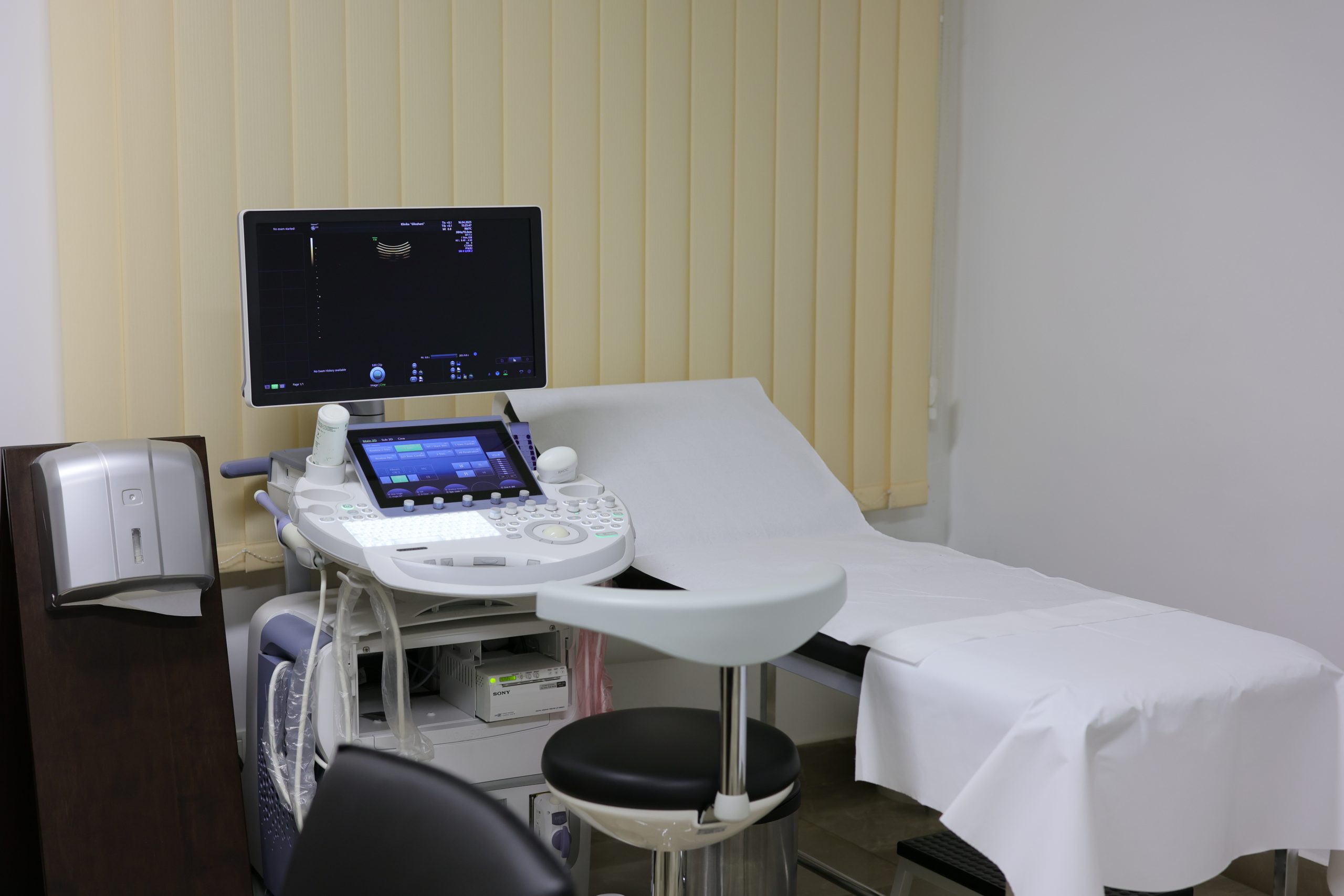

III. Takimi i dytë
During this meeting, the key points are:
The doctor evaluates the tests requested during the first visit.
A diagnosis is made or additional tests are requested.
If the tests are sufficient, the therapeutic program is determined, and the assisted reproductive treatment to be followed is discussed with the couple.
Possible decisions at this stage include:
The couple decides not to continue with treatment.
It is decided to proceed first with intrauterine insemination (Level One).
It is decided to proceed with IVF-ICSI (Level Two).
Level One: Intrauterine Insemination (IUI)
Determination and provision of instructions for stimulation therapy.
Ultrasound monitoring and ovulation induction.
Intrauterine insemination.
Intrauterine insemination is a technique aimed at increasing the chance of meeting between the gametes (oocyte and sperm) within the female reproductive tract. It is therefore an in vivo fertilization method.
A mild multiple follicular growth (maximum 3 to 4 follicles) is induced via subcutaneous injections of gonadotropins (follicle-stimulating hormones).
After several days of therapy, the woman begins ultrasound monitoring of ovulation to assess follicle size, or plasma levels of estradiol and progesterone are checked.
Once a follicle reaches the appropriate size (around 18 mm), ovulation is induced by injecting hCG, and 36 hours later, insemination is performed by transferring laboratory-prepared sperm into the uterus. The sperm are treated to optimize their ability to reach the oocyte. The insemination procedure takes place in the clinic using a soft catheter inserted through the vagina and cervix.
After insemination, the woman lies on the gynecological bed for a few minutes and can then resume her normal daily activities. Generally, luteal phase support therapy with progesterone starts from the day of insemination and continues for 14 days. Progesterone supports the endometrium (the uterine lining) and makes it more receptive for embryo implantation.
After 14 days, the woman is asked to take a beta-hCG blood test to determine pregnancy status. If the test is negative, the procedure may be repeated multiple times without breaks between stimulation cycles. However, an ultrasound control is performed to ensure there are no obstacles to continuing the procedure.
Level Two: IVF-ICSI
Determination and provision of instructions for stimulation therapy.
Ultrasound and hormonal monitoring and induction of multiple ovulations.
Egg retrieval (pick-up).
Embryo transfer.
Freezing (cryopreservation) of gametes and embryos.
IV. Conclusions of the First Cycle
Positive result (rising beta-hCG levels): Pregnancy
Continue with supportive therapy for the achieved pregnancy.
Ultrasound after 2-3 weeks to evaluate pregnancy progression.
Negative result (falling beta-hCG levels): No Pregnancy
Discontinue supportive therapy and wait for menstruation.
Schedule a future transfer of a frozen embryo or oocytes (thawing procedure).
Schedule a new “fresh” attempt.
